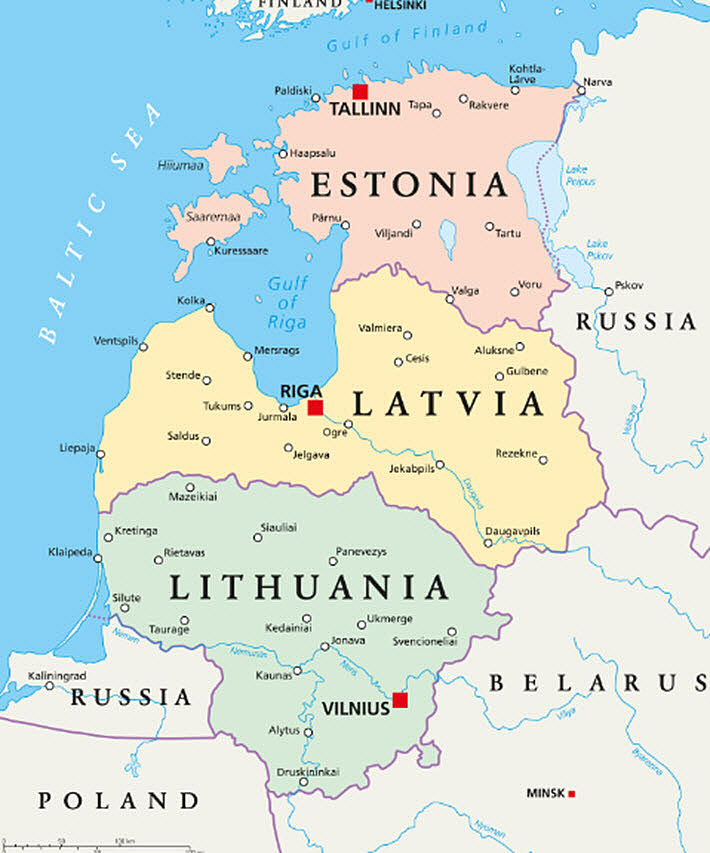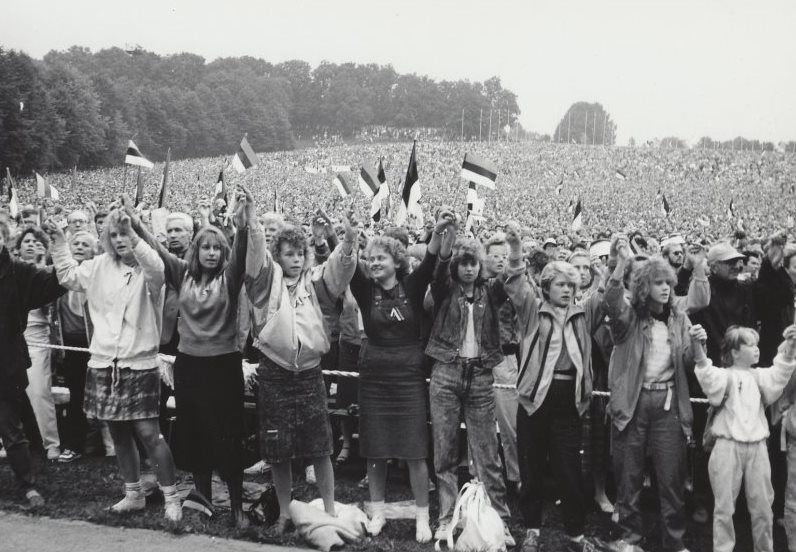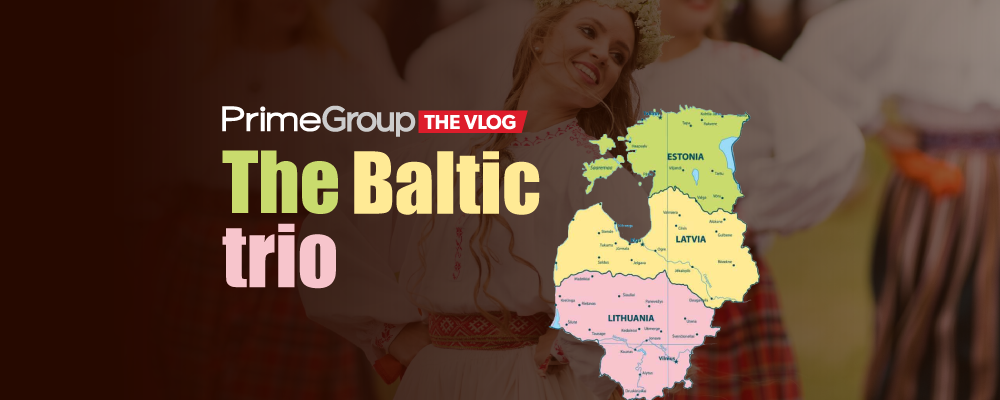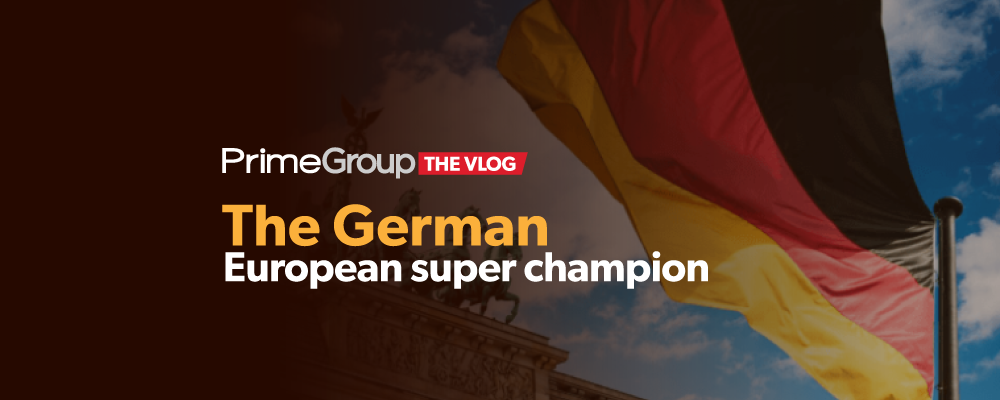The Baltic languages: Lithuanian, Latvian, and Estonian, are like linguistic time capsules that offer a window into the history and culture of a fascinating region of the Old Continent. Each one has its own history and distinctive sound, and though they are grouped together, each one offers a unique linguistic experience.

Lithuanian, spoken by 2.8 million people, is the oldest of the three Baltic languages, and its history dates back to prehistoric times. It’s like a living museum of the Indo-European language, preserving grammatical structures and words that other languages have lost. With seven cases and a variety of verb tenses, it has an extraordinary melodic and rhythmic quality. Its sound is almost musical, and its diphthongs and accentuated prosody give it an unforgettable, almost contagious touch.
Over the centuries, Lithuanian has resisted foreign influences and maintained a solid core of archaic words and forms. But it has also had lexical borrowings, especially from Slavic and German, reflecting the region’s turbulent history.
Latvian, on the other hand, is spoken by 1.8 million people. This language has absorbed Germanic, Slavic, and Scandinavian influences throughout its history. For centuries, the territory of Latvia was under the dominion of various empires, and its language reflects this diverse past. Latvian has six cases and a grammatical structure that also reflects its Indo-European roots. But its phonetics are unique, with sounds like a strange vowel (ū) not found in other European languages.
Estonian, the language of just 1.1 million people, has a history that intertwines with its neighbors, especially the Finns. Unlike the other two Baltic languages, Estonian belongs to the Finno-Ugric family. For centuries, Estonian received strong influences from Swedes, Danes, and Russians, and its linguistic evolution reflects these contacts. With 14 nominal cases and an agglutinative structure, its grammar is as distinctive as its sound, with a series of long and short vowels and prosody similar to Finnish.
It must be said that these Baltic languages have had a history of resistance and resilience. During the Soviet occupation, they faced Russification policies, but cultural and literary movements contributed to keeping them alive. Song, in particular, played a vital role in Estonia, culminating in the famous “Singing Revolution”, that musical and cultural movement that was decisive in achieving independence from the Soviet Union between 1990 and 1991.

In recent times, these languages have experienced a revival. Efforts are being made to preserve and promote the Baltic languages in education, literature, music, and the media. Adherence to the European Union has reinforced their status, and there is strong determination in local communities to keep these languages alive. Young people are learning these languages along with English and other European languages, ensuring fluent communication with the rest of the world.
In summary, the Baltic languages are not just means of communication; they are carriers of a rich history, culture, and distinctive sound that reflect the unique identity of the Baltic countries. Their complex and sometimes turbulent history, their sound that is both familiar and exotic, and their intricate grammatical structures make these languages a fascinating study and a gateway to a region of Europe that continues to captivate travelers and linguists.
It has been a pleasure to share with you the richness and diversity of the Baltic languages: Lithuanian, Latvian, and Estonian.



